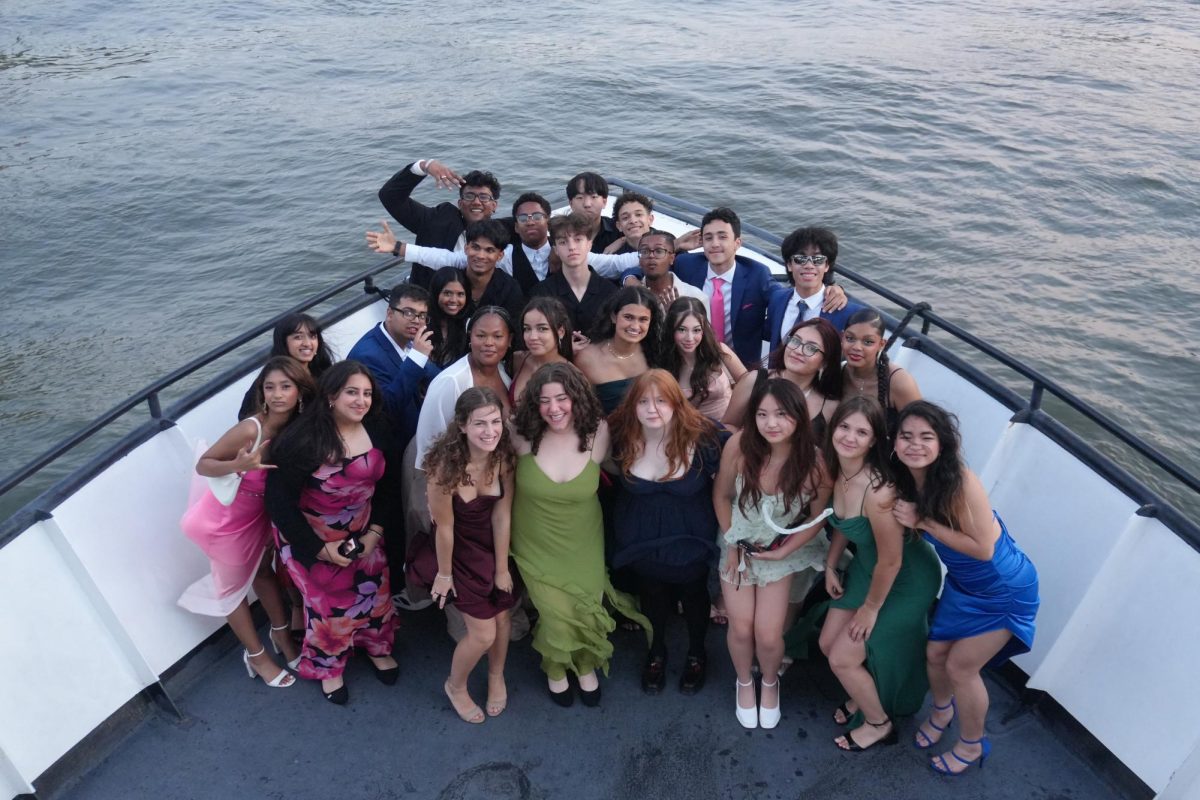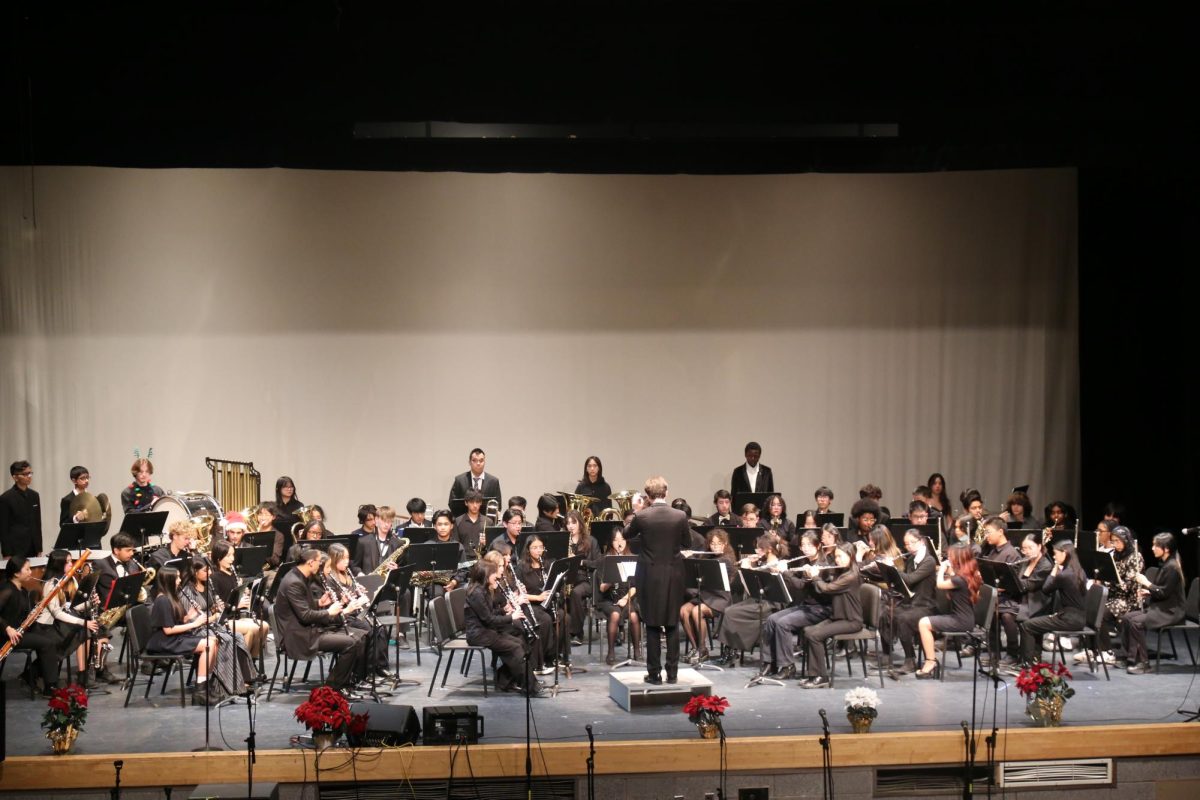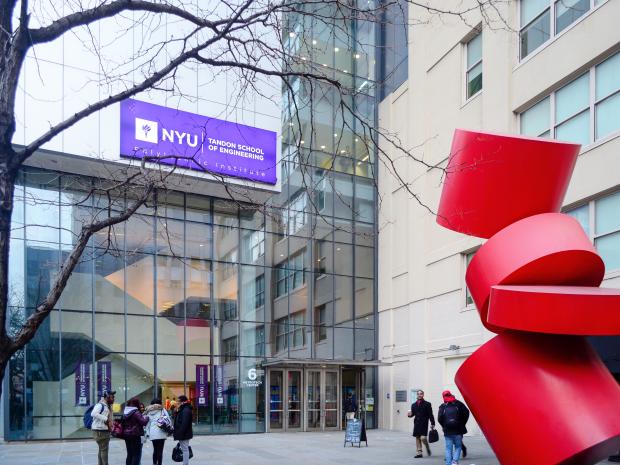
The 2015 United Nations Climate Change Conference began on November 20 and will continue until December 11 in Paris, France. It is the 21st annual session of the Conference of Parties, a conference in which nations will come to an international agreement on climate change. Following the Kyoto Protocol of 2007, a treaty designed to reduce greenhouse gas emissions, this event will attempt to decide on a legally binding consensus regarding the world’s climate issues.
This year marks the appearance of dangerous shifts in global pattern. In October, the National Oceanic Atmospheric Administration announced the arrival of the third global bleaching event. According to sources provided by the National Geographic, approximately 10 to 20 percent of coral reefs will die, thereby losing their color. So far, the change is apparent in Cuba, Haiti, the Dominican Republic, Puerto Rico, the United States Virgin Islands, and the Florida Keys.
Such bleaching is due to the drastic increase in temperature and the El Niño Southern Oscillation. This warm cloud front emerges from warm ocean temperatures, bringing about thunderstorms and hurricanes. Global warming in the last decade has increased to an extent that warms El Niño with record high temperatures, further disrupting the equilibrium of marine ecosystems.
These rising temperatures are also causing many of Earth’s freshwater glaciers to melt. An influx of freshwater is disrupting the Atlantic Meridional Overturning Circulation, a current that carries warm and cold water across the world. Glaciers moderate the temperature, but because they’re melting, their surroundings are becoming warmer. The rising sea temperatures are in turn heating up the whole Earth, which continues to melt more glaciers. Human induced greenhouse gases serve as one of the primary causes that perpetuate this detrimental cycle.
All of this culminates to one question: why should we care? The depletion of diversity in one ecosystem affects all species in the food chain. This rapid decrease in coral reefs can be disastrous to other marine species, and it is only a matter of time before such begins to affect humans directly.
Students who take AP Environmental Science (APES) discovered startling realities about climate change.
Senior Victor Zhelinksy stated, “I knew about some of the main environmental issues, but I didn’t know too much about their causes and effects. I actually think that most people know about these issues, but choose to not care about them. This is probably because it may not affect them in their lifetime. However, it is important that we solve these issues for the future generations.”
Junior Brandon Jagdhar, who also takes APES, added, “We had an assignment requiring us to look up current events article about the Paris Conference, something I’ve never heard of before, but I expected that with a few clicks I’d find all I needed to know about it. However, I was completely wrong— I found very little information and it seemed as if no one was talking about it. In fact, my parents hadn’t even heard of it, and they told me they never heard about it at all in the news, despite it being a global event. I feel that these issues need to be televised because so many people aren’t well informed.”
APES teacher Shi Bing Shen explained theories surrounding the impending climate crisis. She remarked, “I believe the current stance from the environmental scientists is that a temperature increase of two degrees would be disastrous for us. It would mean the melting of many bodies of ice and the release of a tremendous amount of freshwater into the ocean, which will put low elevation lands underwater. There is even talk of the possibility of the next ice age because the ocean conveyor will stop in the absence of the denser salt water.” Some scientists predict global temperatures may rise by 11 degrees by 2100, which can also cause the frequency of wildfires to increase by 60 percent.
We can, however, make an effort to mitigate the severity of human impact on the environment. Ms. Shen advised, “Drive less, carpool, or bike. Don’t leave the lights, heat or AC on when you are not home. Use more energy efficient appliances and practice the 3 Rs [reduce, reuse, recycle].”
Likewise, Biology teacher Sarah Oberlander said, “Starting an outdoor or indoor compost bin (using red wiggler worms), is a fun, inexpensive, and simple way to prevent food waste from travelling hundreds of unnecessary miles to stagnant landfills. The most recent data collected by the U.S. Environmental Protection Agency shows that although 75% of solid waste is recyclable, only about 34% of the trash was actually recycled. By composting food waste in restaurants, homes, schools, and businesses, we can increase the amount of trash recycled from 34% to 55%!”
Science instructor Katherine Cooper stated, “At home, I lead by example to help my two sons learn behaviors that decrease our carbon footprint. These include limiting water use, turning off light, bringing reusable bags when we shop, packing lunches in reusable containers, buying from companies that are using sustainable and environmentally friendly methods whenever possible, recycling all we can and making sure that trash always makes its way to a garbage wherever we are. None of these things are large changes, but I am trying to teach them that every bit counts.”
She concluded, “Global warming and climate change are a reality. We know human activity has impacted global temperatures and only by altering human behavior, both on the individual level and on the community level, can we change the current trend.”






























